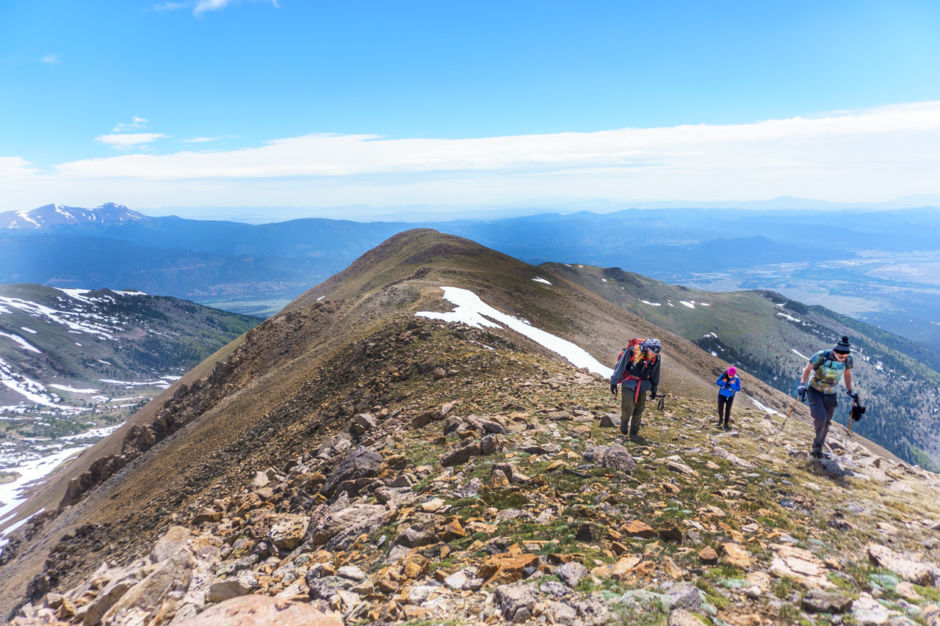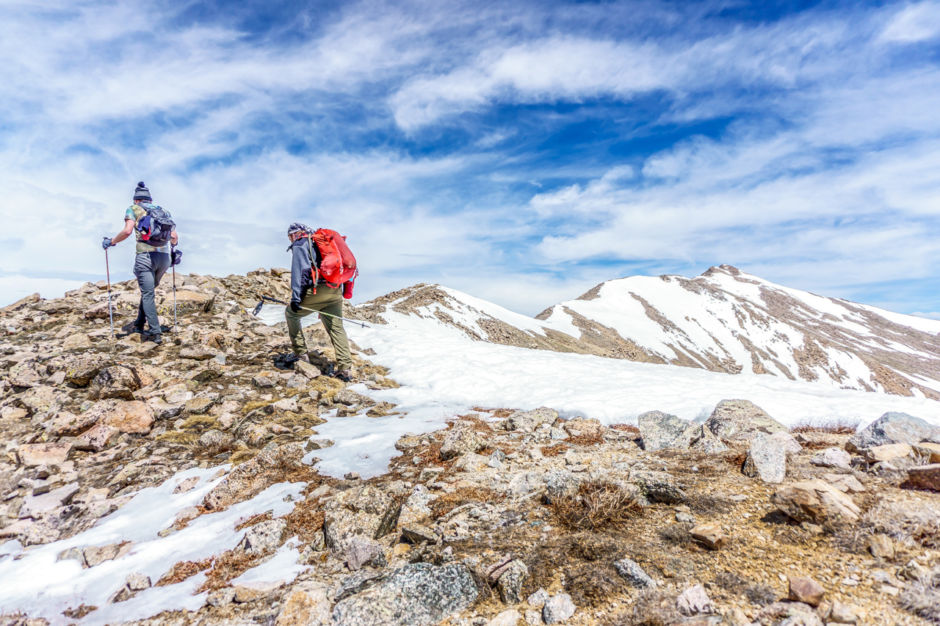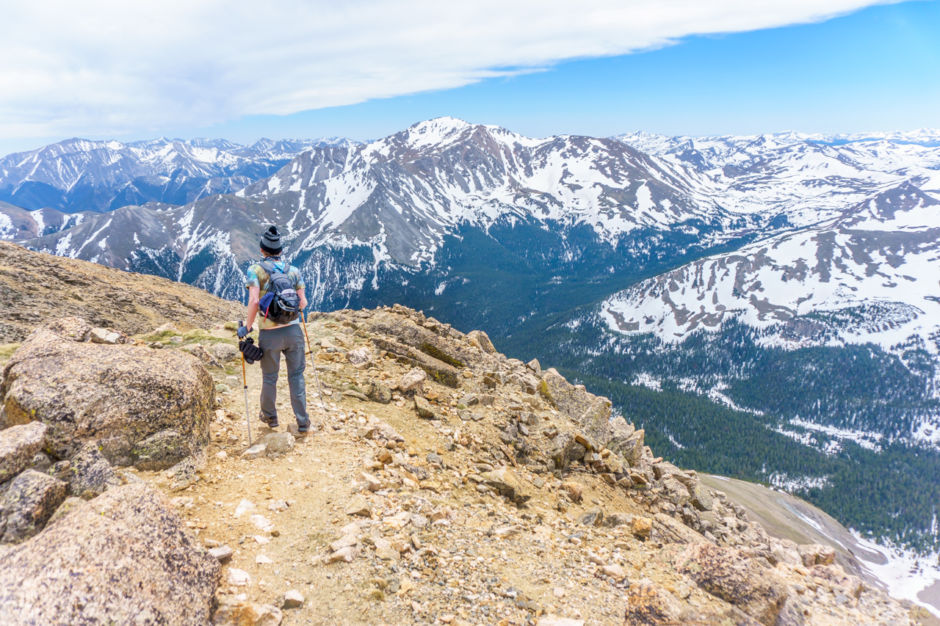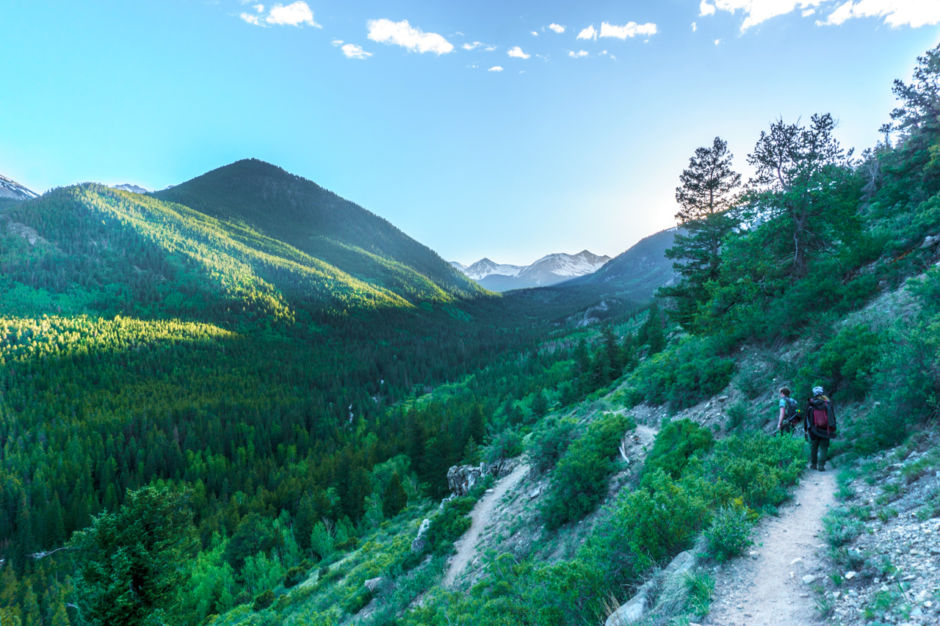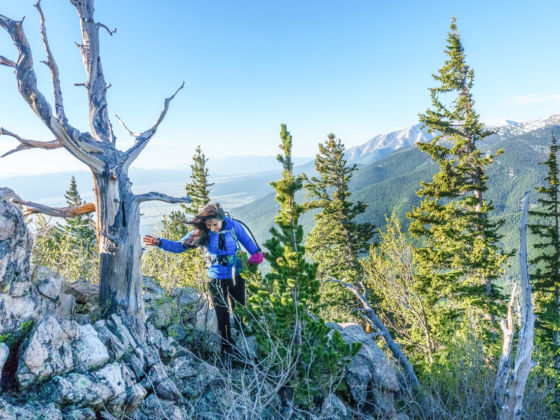THE SOUTHEAST ROUTE to Mount Columbia leads you through pine forests and towards an extensively easy to navigate ridgeline. This is a solid 12-miles round trip that will take you up to the summit. Once at the top, the view consists of snow contoured peaks for miles all around you. Just the perfect backdrop for some summit beers and the chance to say you’ve summitted a 14,000 feet peak.


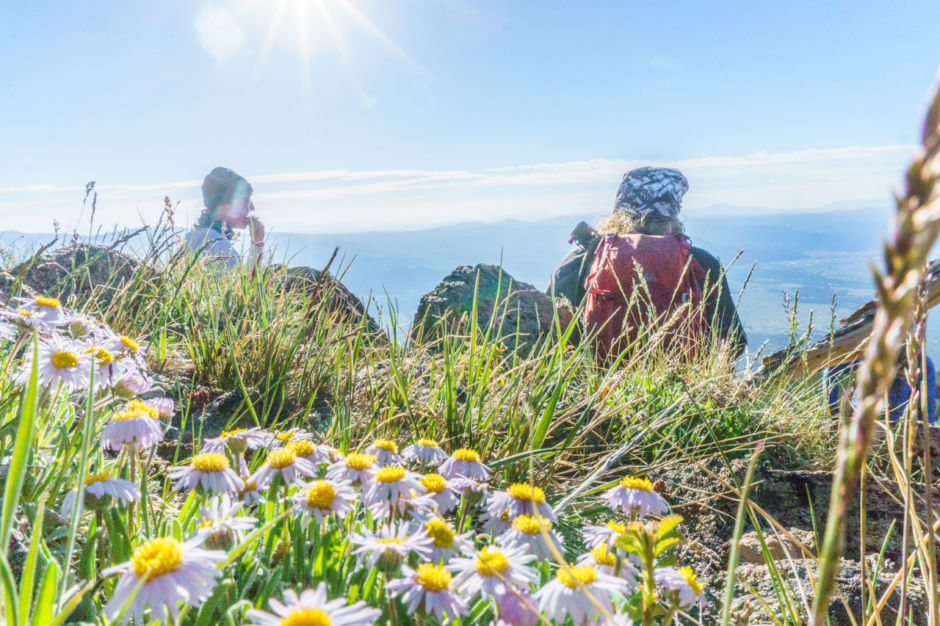
Intermission
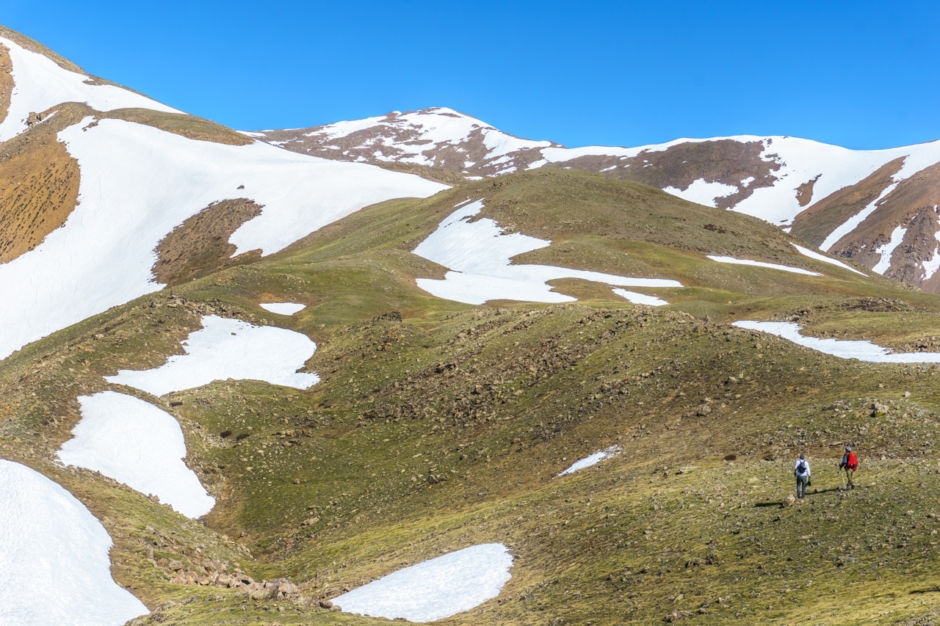
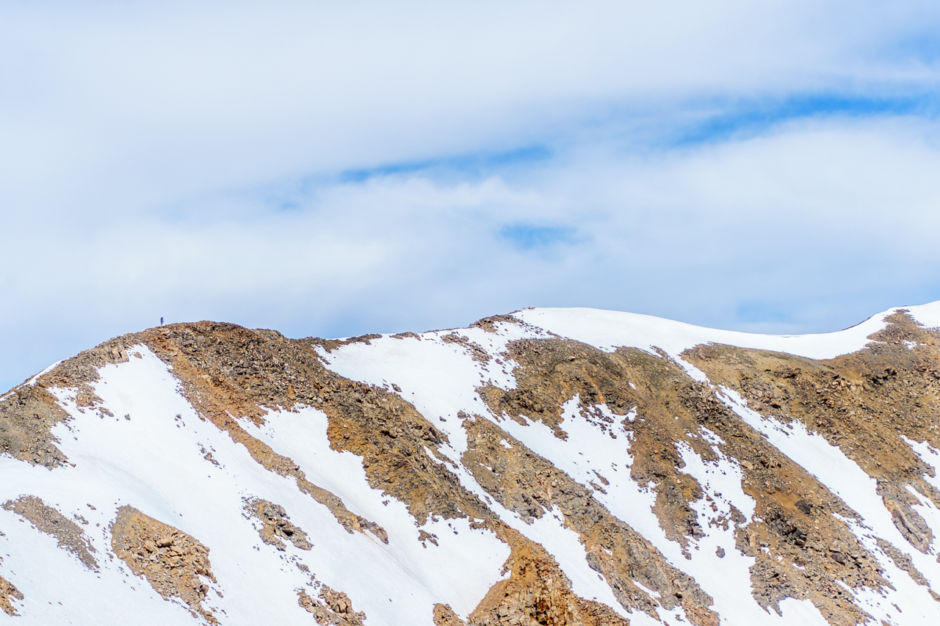

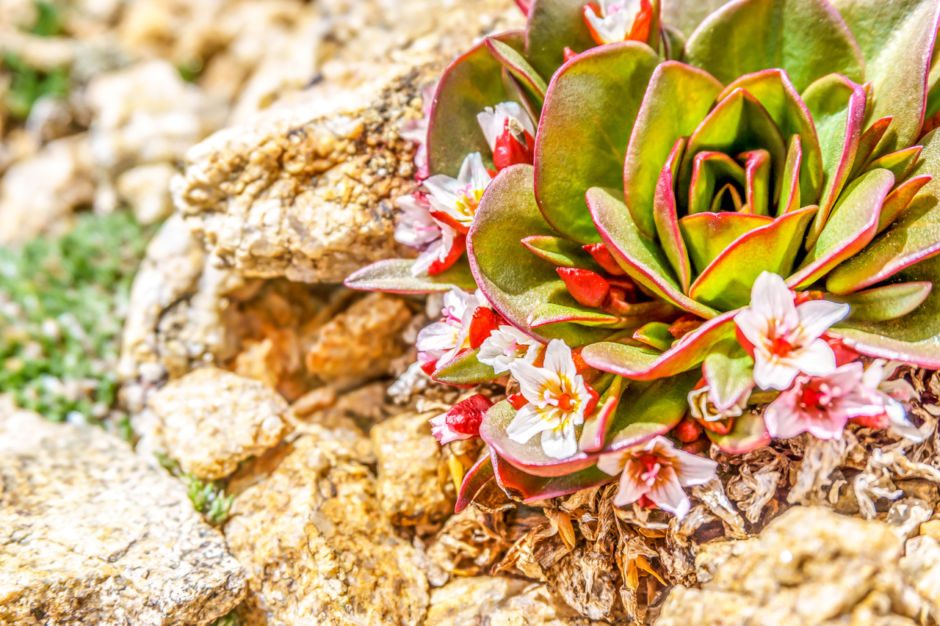
Intermission
